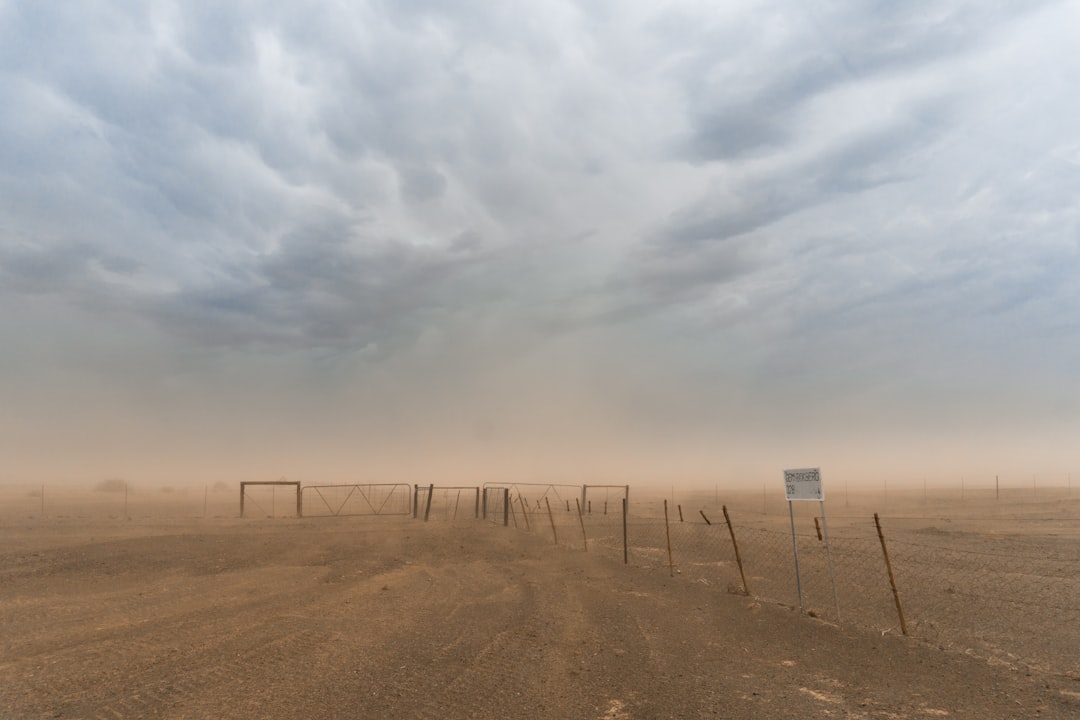What is it about?
This article introduces the field of Quality Assurance in the context of archaeological field surveys, arguing that it is encumbent on archaeologists to demonstrate how effective archaeological surveys have been in achieving their objectives, whether to inventory sites in CRM or for other purposes. A key metrics for this is coverage, which we can estimate by first estimating the "sweep widths" of survey teams by having them survey calibration fields with artifacts planted in known locations. The article also surveys existing standards and guidelines for archaeological survey in various jurisdictions to demonstrate, not only that they are highly variable, but also have arbitrary guidelines that are not explicitly related to any statements about the probability of discovering archaeological materials, should they exist.
Featured Image

Photo by Pawel Janiak on Unsplash
Why is it important?
As development and impacts of climate change are degrading and destroying archaeological resources at an alarming rate, it is critical to ensure that investments in archaeological survey are actually achieving their objectives and documenting these resources before it is too late.
Perspectives
Attention to quality issues is important if we are to convince colleagues, government authorities, and the public that archaeological surveys, whether for research or management purposes, has been sufficiently thorough and effective.
Edward B Banning
University of Toronto
Read the Original
This page is a summary of: Quality Assurance in Archaeological Survey, Journal of Archaeological Method and Theory, February 2016, Springer Science + Business Media,
DOI: 10.1007/s10816-016-9274-2.
You can read the full text:
Contributors
The following have contributed to this page










